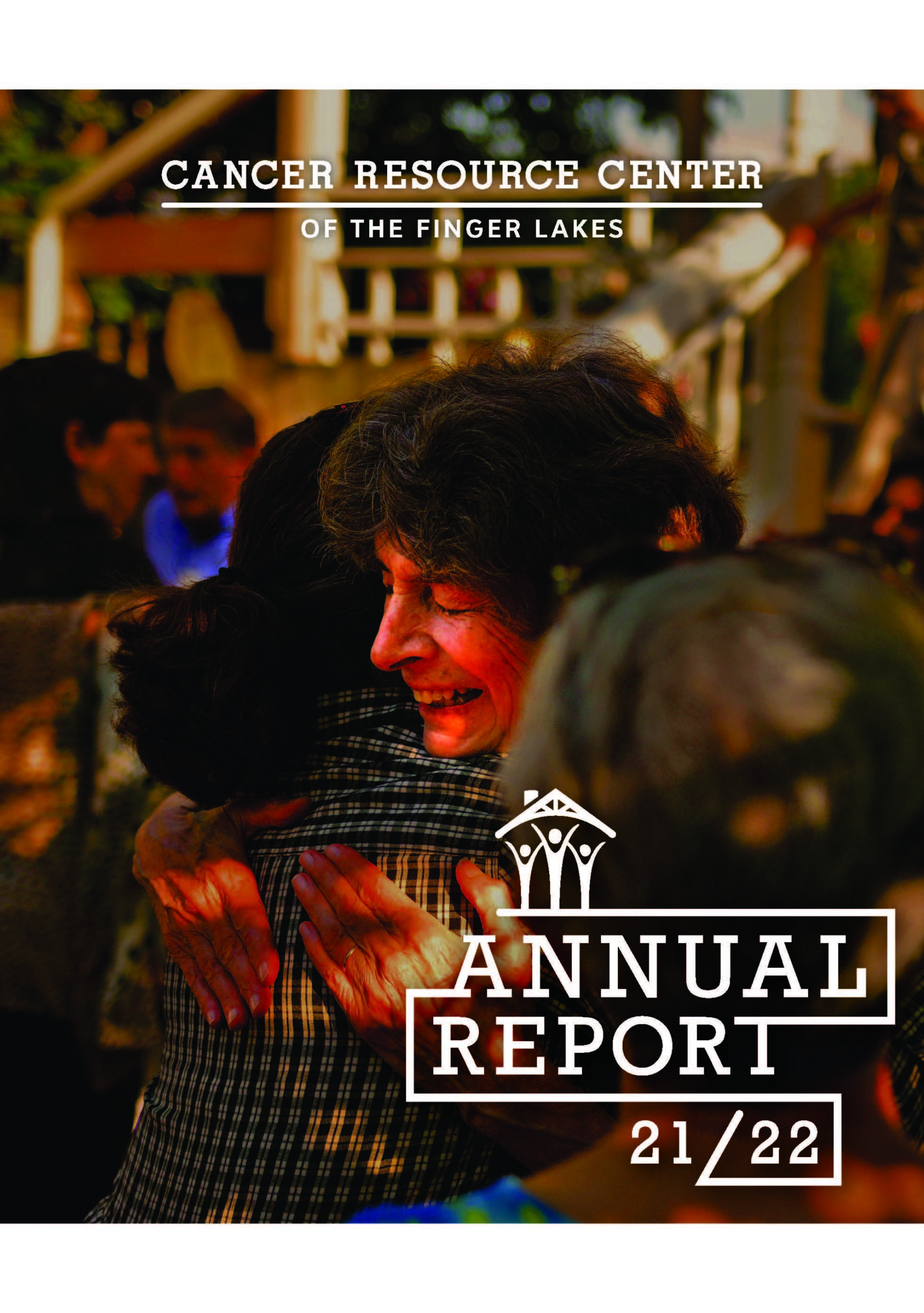I often talk with individuals who are receiving treatment for advanced cancer, but who are also wondering, at some level, if it’s time for hospice. Many tell me that they’ve made the mental shift to focus on the quality of life rather than the quantity of life, but then add that they haven’t contacted hospice or even discussed the possibility because “their family isn’t there yet.”
It is a difficult topic to discuss and that contributes to the fact that many people receive hospice care only during their final few days rather than their final few months. That’s too bad because hospice is much more about living than it is about dying. When I’m ready for hospice, I want to be there long enough to enjoy the entire vacation, not just the final landing.
My advice to people is to contact their local hospice before they need it. I compare it to high school sophomores and juniors beginning to explore colleges. Visiting a college campus does not commit a person to attend that college or even to apply there. It just makes one familiar with the options that are available when the time is right.
Another advantage of contacting hospice early is having the opportunity to discuss those difficult end-of-life issues in the best possible setting. It’s so much better to have these discussions before there’s a crisis. Social workers and other hospice staff members can gently ask the right questions so that the patient’s wishes are clear and heard by everyone. Again, this sets nothing in stone but it does provide a framework for making decisions when they have to be made at some point in the future.
Unlike hospice which is for the terminally ill (usually defined as having a life expectancy of six months or less), palliative care is available to anyone with a serious illness, without regard to life expectancy or to treatment status. (You can still be engaged in curative treatment).
Palliative care is primarily a consultative service that focuses on symptom control and helping individuals and families communicate about end-of-life decisions. This is what they do on a daily basis and they’re really good at it.
I also encourage patients to speak openly with their physicians about how long and under which conditions they wish to continue treatment. Other members of the patient’s health care team are also willing to listen and provide guidance.
For example, if receiving chemotherapy, the patient might find it easier to begin having these conversations with the chemo nurses. (Chemo nurses and their patients love each other. That’s just the way it is). Bringing up the topic is better than OK, it’s encouraged.
I personally want to know when hospice is a reasonable option, not when it becomes the only option. The more you communicate, the more you get what you really want.
From the Ithaca Journal.
Click here to see all of Bob’s columns





